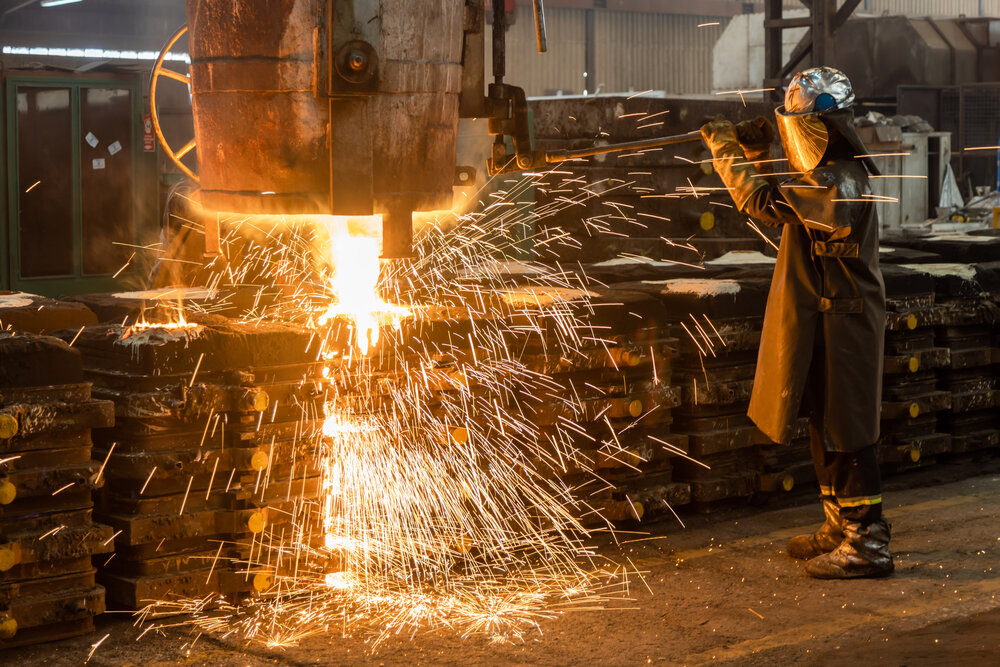The steel industry is one industry which is bound by a retaliation from the long pandemic slump. Closings and the sluggish application of protocols on the control of infectious diseases in factories seriously delayed development during its early months.
Steel mills now start going to high gear in the United States, however. Sadly, they battle up to make the lost ground. Know what industrial pipe suppliers have to say regarding this.
Some primary steel comeback industries include:
Automotive: Customers seek to stop flying and transport demand increased. The rise of the suburban housing market has also influenced demand for automobiles. This is associated with federal incentives and loan programs.
Equipment: Remaining at home and closing down workplaces push customers indoors. Household appliances are growing in wear and tear as demand has declined due to reduced production locations.
Machinery: Increased customer demand puts commercial machineryon pressure leeading to wear and tear. The need for goods is growing to replace parts at a more rapid pace.
Setbacks in the supply chain
Panic purchasing cannot inherently be correlated with the steel industry. However, panicked customers have had a big impact in this area. Increased tension has been applied to production lines by uneven customer behaviour in storing large quantities of household products like canned foods.
Increased demand for paint, cookware, appliances and more also increased in the cooking and home renovation of projects. So, even paint producers don’t have ample cans to store their product.
That’s why the steel supply chain is floundering in the spring due to plant closures, which means that producers are in a perfect storm.
The manufacturers of fridges, kitchen bread mixers and washing machine components are other sectors required for steel for market demand. The increase in projects for home renovation has made household goods more needed. But the steel supply, now slow to travel, fails to generate enough to hit today’s rising distribution peaks.
Future Normality Projections
It will take some time to return to normal output levels. Output and consumption are both 13% lower than last year. Branch leaders agree that it will take up to 12 months to replenish supplies entirely and to achieve normal levels.
Also a by-product of the installation of much needed COVID-19 steps in steel mills is a lag in the steel production. The workplace and systems must be transformed as a whole.
Rework of production processes in order to preserve social distancing and to incorporate better cleaning methods have reduced efficiency significantly. Some manufacturers chose to decrease the number of staff concurrently present to protect their employees from outbreaks.
Steel shortcomings create a demand for sellers that is difficult for buyers to customize. On the other side, businesses are willing to supply steel manufacturers and use scrap steel, which is also growing in demand.
The effect of these massive changes within the industry is sensed by companies that built a business model focused on scrap steel, which is normally available. Climbing rates have become established in the market already. A search of the best price when buying a car could soon, at least for a while, be a thing of the past.
Contact International Pipe & Supply to get the high quality steel pipes. We are one of the reputed industrial pipe suppliers in OKC.

